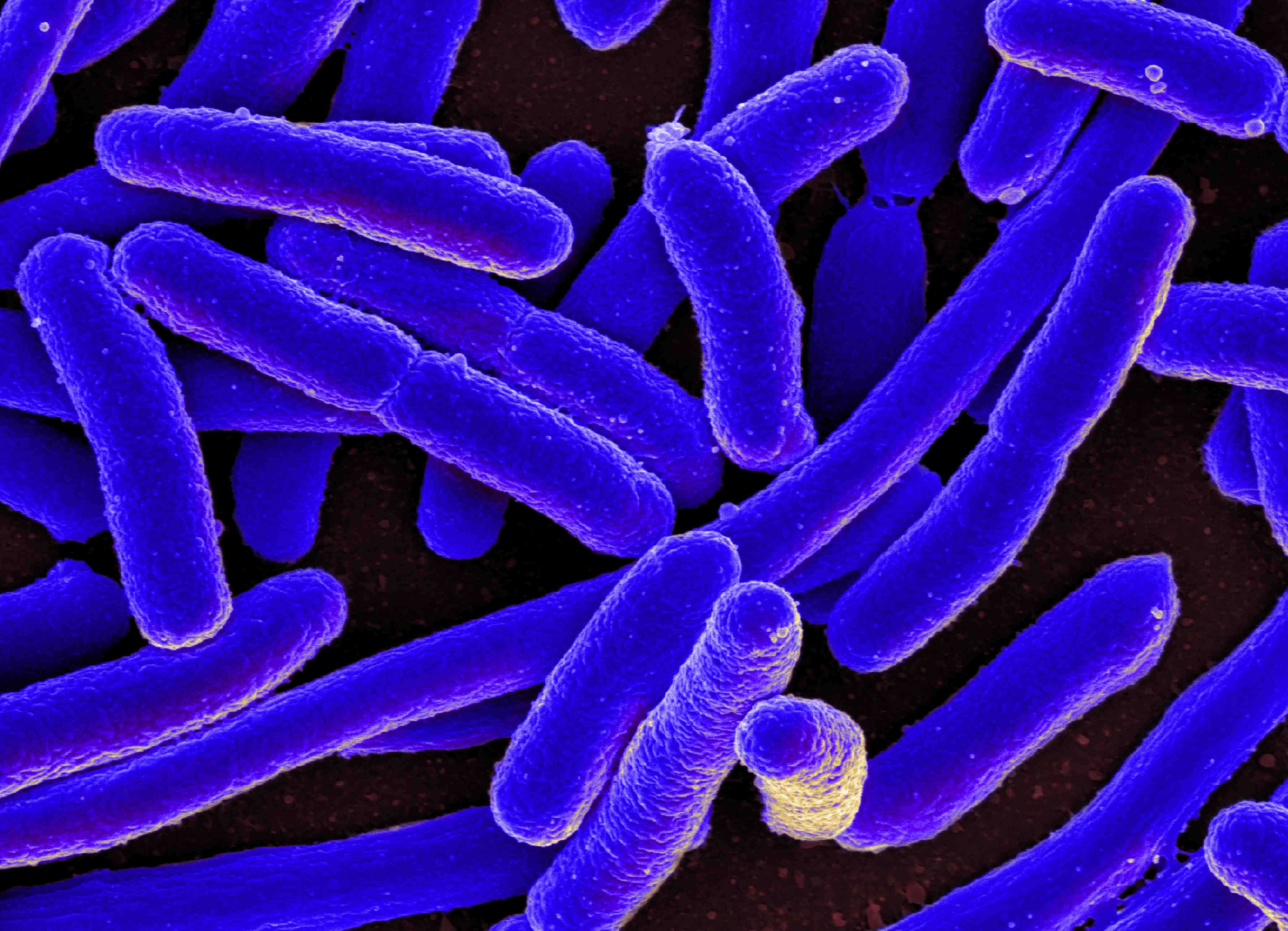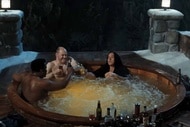Create a free profile to get unlimited access to exclusive videos, sweepstakes, and more!
E.coli may give you food poisoning, but can also supply renewable energy

When E.coli makes headlines, it is usually for those particularly gnarly cases of food poisoning that end in food recalls, but not all of these bacteria are micro-monsters.
There are strains of Escherichia coli that have a bad rap as pathogens. However, other strains are harmless. Some of these hang out in your gut, and others could even save our planet from destruction by eventually converting excess carbon dioxide emissions into biofuels. Microbiologist Frank Sargent of Newcastle University led a study, recently published in Applied and Enviornmental Microbiology, to find out what they are capable of.
“The pathogenic types produce a certain toxin that does most of the damage, but the strains we use in biotechnology projects are non-pathogenic, safe, and some would even struggle to survive outside the lab anyway,” Sargent told SYFY WIRE. “Using them to produce biofuels should not be dangerous.”
Sargent and his team were able to engineer E. coli bacteria to grab CO2 in the air and turn it into formic acid by using hydrogen gas (H2). Formic acid is found in ant and bee venom but can also be used as a preservative and has antibacterial properties. The researchers reversed the usual process in E. coli, which use an enzyme to do the opposite—convert formic acid into CO2 and hydrogen. Molybdenum is necessary for producing this enzyme. Getting the bacteria to work backwards required coaxing them into switching molybdenum for tungsten.
Molybdenum and tungsten are in the same family of elements. You don’t really need much molybdenum in your system, since it is considered a trace element for humans. Your body already synthesizes it so it can keep certain enzymes metabolizing amino acids, which make up proteins, and other compounds. Tungsten is in the same family of elements. While it doesn’t do much for humans, it is necessary for many microbes, and is critical to some of their enzymes. This is why E. coli hardly noticed when the researchers swapped tungsten in for molybdenum.
“The biochemistry is much the same for both molybdenum and tungsten,” Sargent said. “While E. coli will pick molybdenum over tungsten at normal miniscule environmental levels, if you artificially add more tungsten, it will swamp the uptake systems and incorporate it into enzymes instead.”
Once the E.coli were unknowingly using tungsten to produce the enzyme that would create formic acid, they were supplied with H2 and CO2 by a bioreactor. They grew and carried out the inverse of their usual reaction by turning the gases into formic acid. It was almost a scene from billions of years ago. Before the oxidation of Earth, there were high levels of both hydrogen and carbon dioxide. Single-celled organisms are thought to have converted them into carbohydrates which existing life at the time needed—and life today still needs to survive.
If E. coli are able to capture both CO2 emissions and hydrogen gas and turn it to formic acid, then they should have the potential to morph into formates, which are salts or esters of the substance that are also important metabolic agents for bacteria. Using formats as their only carbon source will make E. coli capable of outputs from fuel and other chemicals to plastic. Instead of CO2 emissions being released into the air with no end, they would be constantly recycled by this system. They are a surprisingly versatile bacteria, factories in themselves.
“E. coli growing on sugars can already make ethanol, butanol, insulin, bioplastics, loads of stuff,” Sargent said. “You can make just about anything with an engineered E. coli. If it can grow on waste CO2 only (converted first to formate) instead of sugars, then we’ve cracked it.”
The only downside is that a microorganism like E. coli isn’t going to make much of anything, so scientists will need to ramp up production. At least one thing it can’t do is send you to the ER.


























